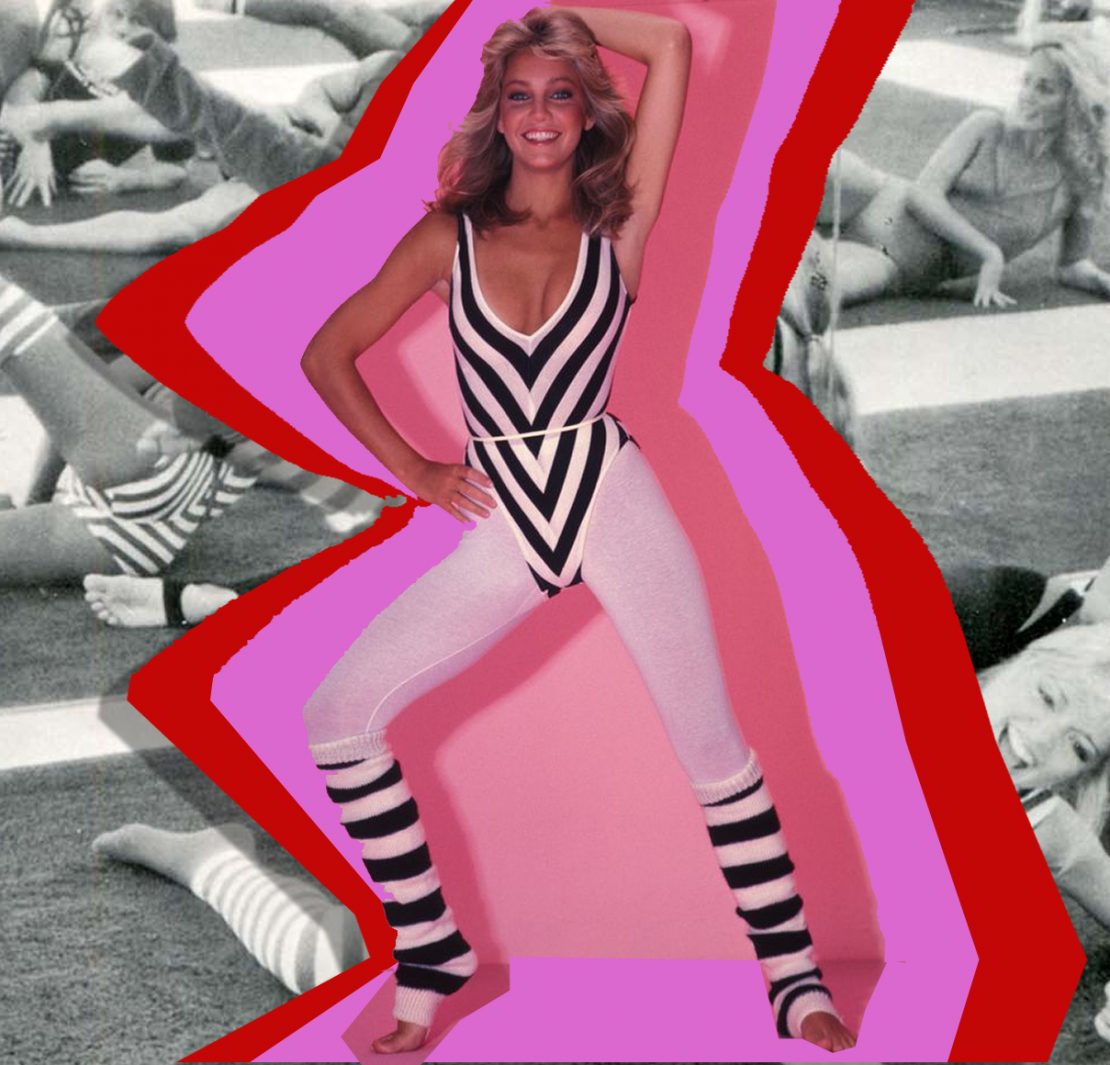We chatted to Jess, a Melbourne based PT about the industry, her story and her advice.
But before you jump into the interview, here are some industry stats:
- In 2016 there were 4,987 registered students that were completing a fitness qualification [Certificate III in Fitness ,Certificate IV in Fitness or a Diploma in Fitness] in Australia.
- In 2016 there were 27,425 trained fitness professionals operating in the industry. 25,521 of them work as instructors or personal trainers, while 1,904 work as business owners.
- The median weekly earnings for full-time workers before tax was $692
- In 2016 there were 6355 personal training businesses in Australia, with 35 per cent in Victoria, 28 per cent in Queensland and 23 per cent in New South Wales.
FN: What do you love about your job?
Jess: I’m getting paid to do something I would do for free anyway. I have always loved exercise and the gym. I would train my friends if they let me – I loved it. People kept on saying to me, You should do this as a job, you’re good at it.
FN: Was the plan always to become a personal trainer?
Jess: My Mum and Dad thought that choosing personal training would limit my future. They said, You love it now, but in 10 years you’ll have no qualification and be sick of it. So, I enrolled in business at university and trained at the gym on the side.
I just didn’t find business fulfilling. I like being outdoors and having the ability to move around. I enrolled in a Certificate in Fitness at a private college. It cost a lot, but it was only three months and I’d be able to start working with clients immediately after.
FN: How many were in your class?
Jess: There were 45 of us.
FN: You graduated three years ago, are they all still in the industry?
Jess: Ha, no! I’d say only eight to 10 have lasted in the industry. The problem with personal training is that a lot of people who finish school and don’t know what they want to do – and who love the gym – think it’s the perfect career for them. There is a huge difference from enjoying exercise and nutrition and wanting to work in the industry. There is a huge drop out rate in the first two years of practice.
FN: So you graduated with your Certificate, what next?
Jess: I started paying my gym a flat fee of $200 a week to train clients. I had two of my Mum’s friends that wanted sessions to start with, and then on top of that, the gym would recommend me to new starters there. It was really hard. I had to keep working at a wine bar at night to keep afloat.
FN: Was personal training what you thought?
Jess: Everyone gets excited about the exercise component of the job, but then reality dawns and you’re getting out of bed at 4.30am four or five times a week and you’re up late because you’re working outside of business hours with a second job.
But I loved it so much. I finished a year of business and then deferred. I felt like I had proved to my parents that this is what I wanted to do. Even though I shouldn’t have to, I felt this need to show them that I could make it work. It egged me on a lot.
FN: How do you get ahead when the overheads at the gym are so high?
I started a side business. I had to keep it on the down low because I knew it was the wrong thing to do by the gym. But I was struggling to meet the weekly retainer I had to pay them (it grew from $200 once I had more clients). I started a boot camp in a park with a group of girls. It was a low-cost set-up operation. I spent about $900 on equipment.
FN: Was it successful?
The problem with park fitness groups is that people don’t perceive the value as high as a gym. A gym is accessible 24/7, a fitness training group schedule is set. So for that reason a lot of people aren’t prepared to pay a licence fee of $35 – 40 a week.
I used Scoupon. I offered a month of training for $50 and the vouchers sold out. Though after the month the retention rate was only about 15%.
Everyone says, Oh I’ll just start a group training session in a park to avoid paying gym fees. It’s a whole different business model.
FN: How do you make the model work?
The industry is already feeling overcrowded so you need to stand out from the crowd. You need to change people’s lives. You need to help see changes in their body, their fitness levels and build relationships off that. It’s not a one hour session, but a one month or one year session (whatever their goal is).
FN: Two years later you are opening a gym. Is there anything you are anxious about?
Jess: So much! This business model will be different from what I am running now. Now I need to trust people, bring them on in my team. I need to fit out a gym which is going to cost me about $35,000. It’s really scary. But it’s the next step for me.
FN: What’s your advice to people who are thinking PT?
You need to ensure that you can define the difference between an interest in fitness and the ability to be a PT. You need to be very hungry for business, good with people and prepared to put a sales hat on.







